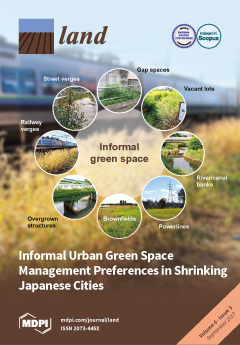Lutte contre la sécheresse et la désertification en Afrique: mesures à long terme
Les effets des conditions climatiques défavorables et la persistance de la sécheresse et de la désertification sont ressentis de plus en plus profondément par plus de 60 p. 100 des pays africains. Les autres pays, y compris ceux que l'on croyait bénéficier d'un climat équatorial ou tropical, sont menacés par la sécheresse et la désertification. La persistance de la sécheresse, compromet sérieusement les activités productives nécessaires au développement socio-économique équilibré du continent.




